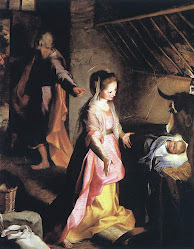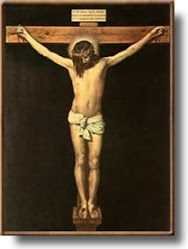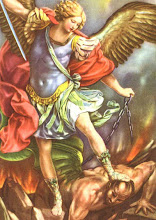The Secret Gospel of Mark
Review by Sven Davisson
http://ashejournal.com/index.php?id=33
The Gospel Hoax: Morton Smith’s Invention of Secret Mark, Stephen C. Carlson
(Baylor University Press, 2005, 141pp, $19.95)
Since its first announcement, controversy has surrounded Mortan Smith’s discovery of fragments from a hitherto unknown “secret” Markan gospel. According to Smith’s own account, while cataloging the ancient library at the monastery Mar Saba, he found a letter from the 2nd century theologian Clement of Alexandria. In this letter to an unknown follower Theodore, Clement refutes the arguments of a rival sect. Within the text of his letter, Clement quoted material not found in the canonical version of the Gospel of Mark. The letter makes reference to a secret version of Mark that included key passages, of which he quotes two, redacted from the widely circulated version.
Over the past half-century, biblical scholars have argued over the origin and authenticity of Smith’s discovery. Complicating matters, the original letter was not found. What Smith discovered, instead, was a partial copy of the letter penned into the endpapers of printed edition of Isaac Voss’s 17th century Letters of Ignatius of Antioch. Smith attributed the Greek cursive hand to an anonymous 18th century monk. Add to this the fact that the original ‘copy’ has disappeared, leaving only Smith’s photographs to work from, and it would appear the argument for or against has stalemated.
In the world of scholarly forgeries, nothing is a truer revelator than time. The passage of time makes anachronisms more apparent. As scholarship progresses and firmly held assumptions shift with discoveries or academic whim, underlying truths themselves become dated and linked to their time. Anachronistic scholarly truth may prove in fifty years as telling as forensic inconsistencies in paper or ink.
Stephen Carlson takes this one step further. He proposes that for a forgery to be compelling, to gain traction, the forgery must tweak a controversy of its own time. Clements letter and its portions of Secret Mark caused a stir by connecting homosexuality and Jesus—one would be hard-pressed to find a combination more controversial in late 1950’s. Carlson quite convincingly argues that the notion of same-sex desire, and the particular manner in which it is characterized in the Clementine letter, would not have been intelligible in the 2nd century. Clements’ ire at the Carpocratian’s “shameless lies” is only intelligible in a mid-twentieth century context.
In addition to his textual analysis, Carlson provides a in depth analysis of the handwriting and other aspects of the document itself. While he is limited by his unavailability of the original document, he manages to add several key pieces of information. One such is his detection of the forger’s pause in the handwriting. With use of accompanying detail enlargements, Carlson shows the distinctive hesitation, where the pause allows ink to bleed into the paper, in what is supposed to be a quick cursive hand.
Carlson furthermore made the discovery of a second example of handwriting matching that of the scribe responsible for the Clementine letter. He identified identical penmanship in another text at Mar Saba, one Smith himself catalogued and dated to the 20th century. This modern scribe was named “M. Madiotes.” Carlson takes this further and finds that Madiotes is not a modern Greek surname. He translates it as “swindler” or “bald-headed man” and points out that Smith was bald by the time of the manuscript’s alleged discovery.
It is with this almost overwhelming quantity of evidence, that Carlson make his key argument for a switch from viewing Secret Mark as a forgery to appreciating it as a clever academic hoax. Carlson’s may not be the definitive work on the subject of Smith’s Secret Mark, but he has certainly gone far beyond anyone else’s investigations into its provenance. He has opened up many unexplored avenenues of investigation. The Gospel Hoax is fun to read (something not often true of an academic work of this type) and gives one a new admiration for Mortan Smith’s craftiness—if Carlson’s premise is substantiated.
CHRISTIAN RELIGION ARTICLES
Iscriviti a:
Commenti sul post (Atom)





































Nessun commento:
Posta un commento